The idea for this project began as a thread comment from a knowledgeable poster who speculated that even modern Zuiko lenses were not able to fully resolve the nearly double resolution afforded by the High Resolution Mode. Resolution can be determined by the size of the smallest features clearly discerned. It is not the same as sharpness which describes the clean edge definition or outline of objects which is influenced mainly by contrast. It becomes more intuitive when one recognizes that FF camera sensors top out at about 50 MP and the Olympus High Res Mode generates a FF image equivalent of 200 MP – that lens optics and performance might become the limiting factor to the image’s final resolution.
In the tripod enabled High Res Mode, 8 images are combined. The sensor moves in three one pixel steps to allow the Bayer layer to collect true color data, and then the sensor shifts a 1/2 pixel to the left and up which theoretically doubles the vertical and horizontal resolution. The sensor then repeats the Bayer layer color data movements. Images look better because color reproduction is now accurate and not estimated, dynamic range is increased due to noise reduction from image stacking , and the image looks sharper since false color fringing is eliminated. Images can be enlarged with no IQ breakdown because resolution has also improved.
In order to quantify resolution and answer the title of this blog entry, I had to drastically change my past testing procedure. Being a cheap amateur, in the past I had printed the ISO 12233 resolution test chart from a downloaded pdf file on photo quality glossy inkjet paper at my printer’s maximum resolution. I was to learn that without vector graphics, inkjets are unable to print curved lines cleanly and this may be what was making my MTF curves exceed values of 1.0. Professionally printed charts are offset printed on matt paper with 10:1 contrast and can cost between $100-300 USD, I found one from a small well established Czech company for $60 (Danes Picta RES7 test chart) that had been optimized for digital cameras with the ability to test a maximum resolution of 4000 lines per picture height (lph).
Imatest is the industry standard software to use but a single user license costs more than the chart! I was happy to discover that Olympus released a very simple freeware more than a decade ago and it is still available on the CIPA webpage, HYRes3.1 is crude and requires some trial and error with the parameters to understand how to get it to work correctly.
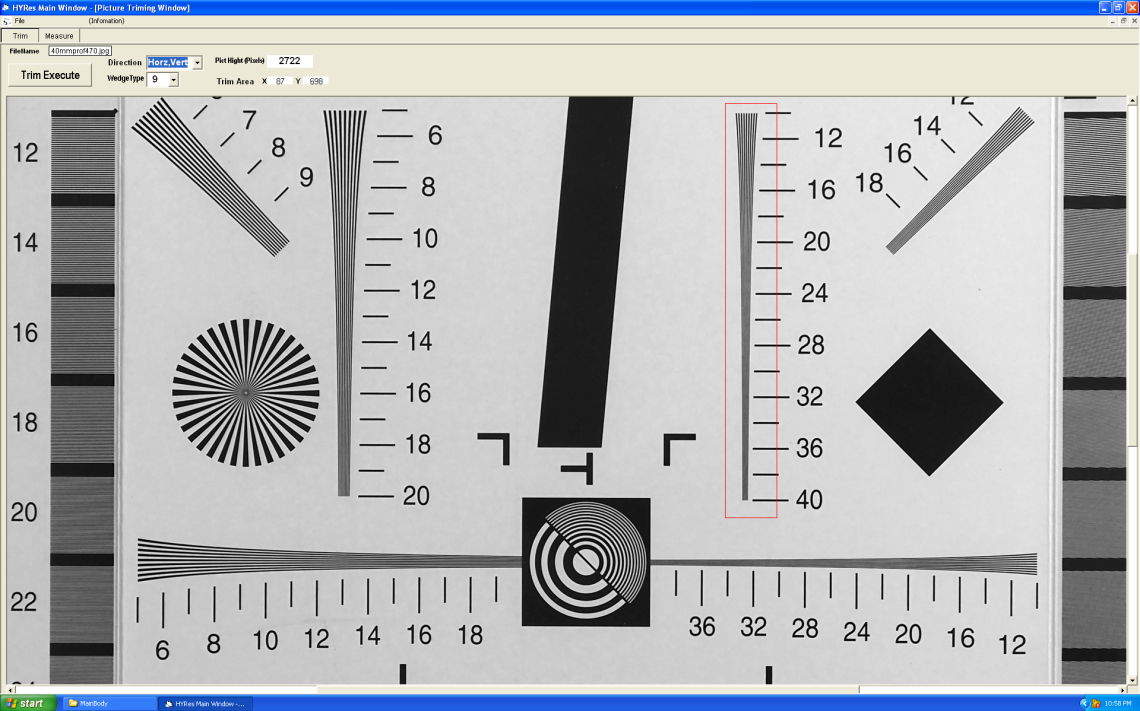
I tested a variety of lenses – primes and zooms, around 40mm focal length and of a range of price and quality.
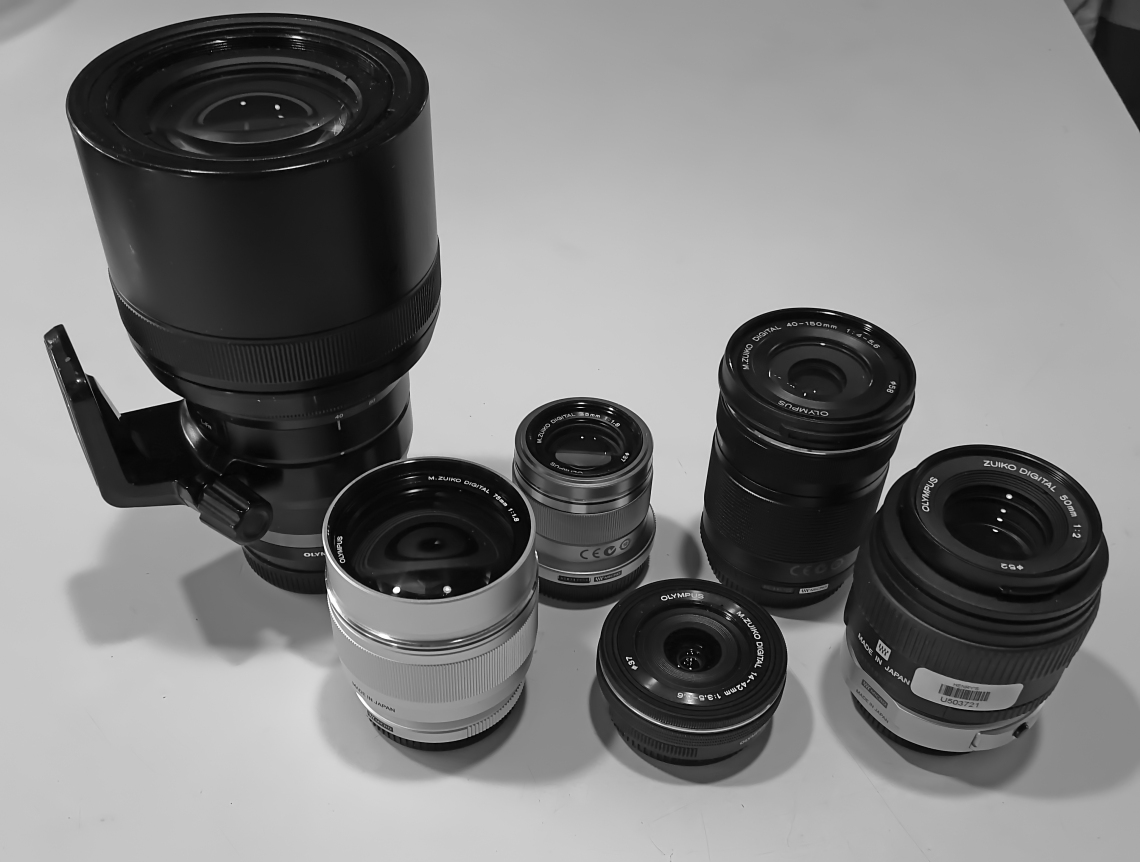
I tried to light the target as evenly as possible and framed the target with each different lens as similarly as possible as exemplified below. The E-M1X was mounted on a stable tripod with a geared Manfrotto head and triggered by a remote shutter release using single center square S-AF.
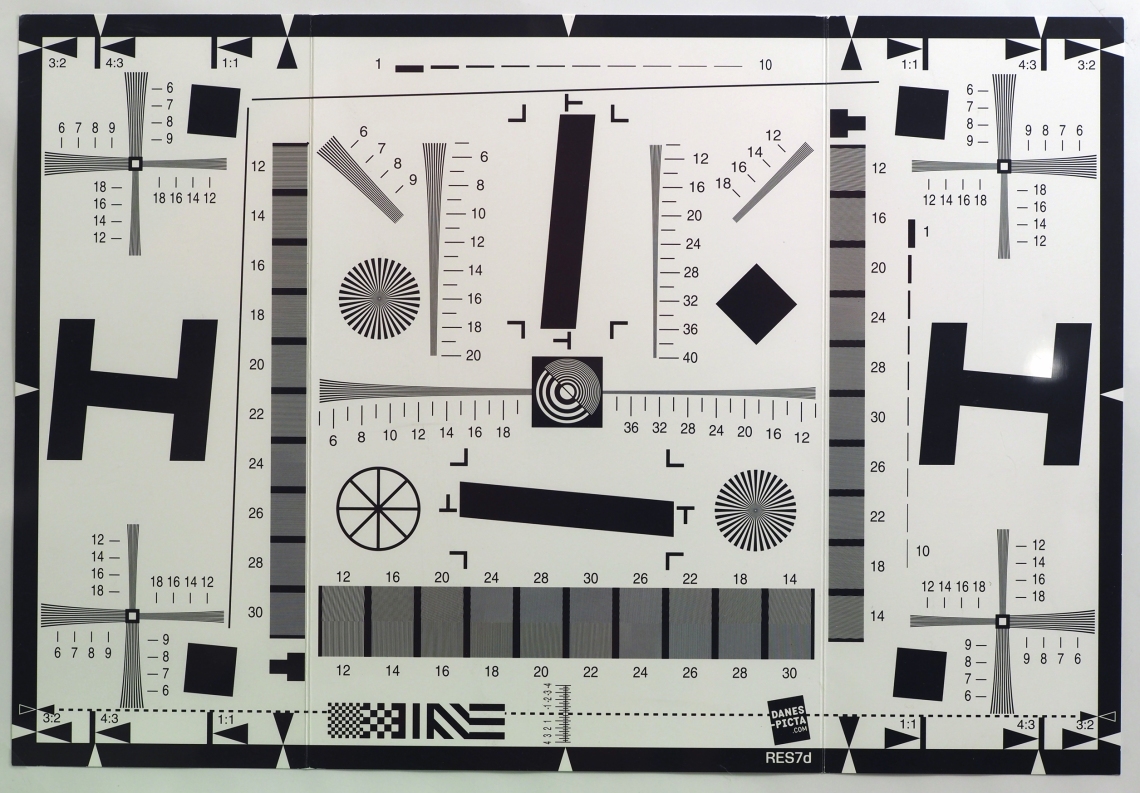
And the results were surprising:
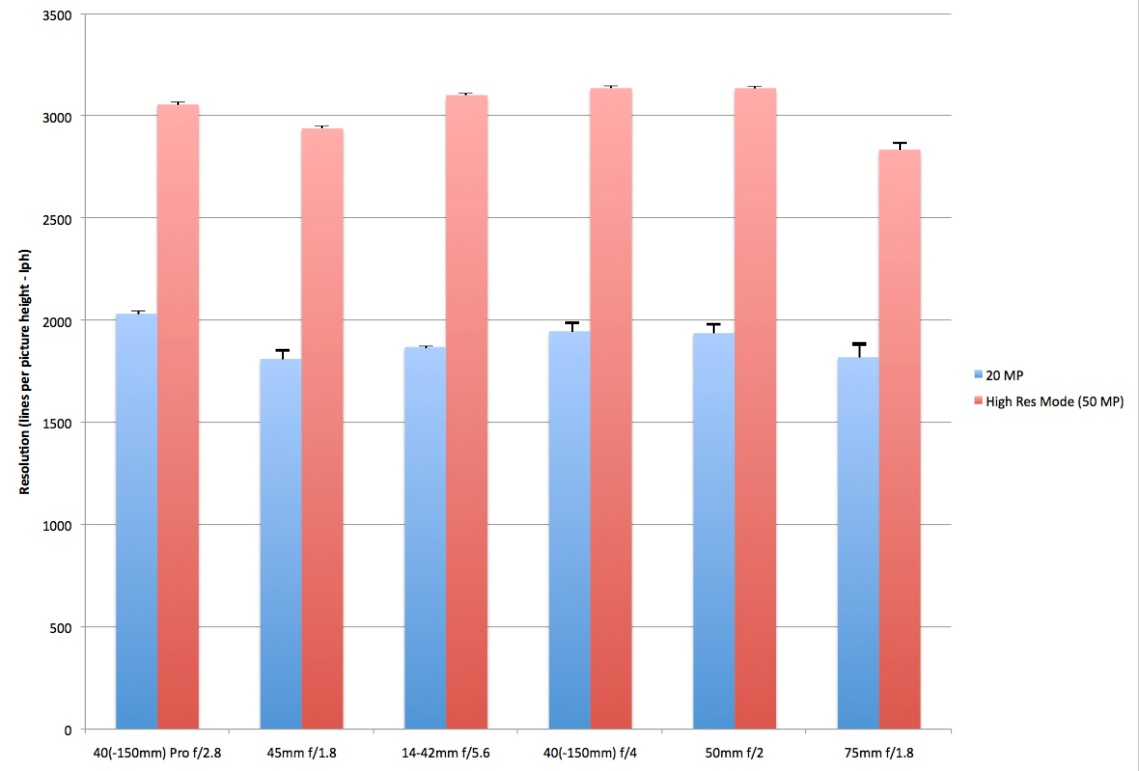
None of the lenses were able to deliver the expected and approximately double resolution when taken with the High Res Mode. Inexpensive lenses performed as well as expensive lenses with good reputations!
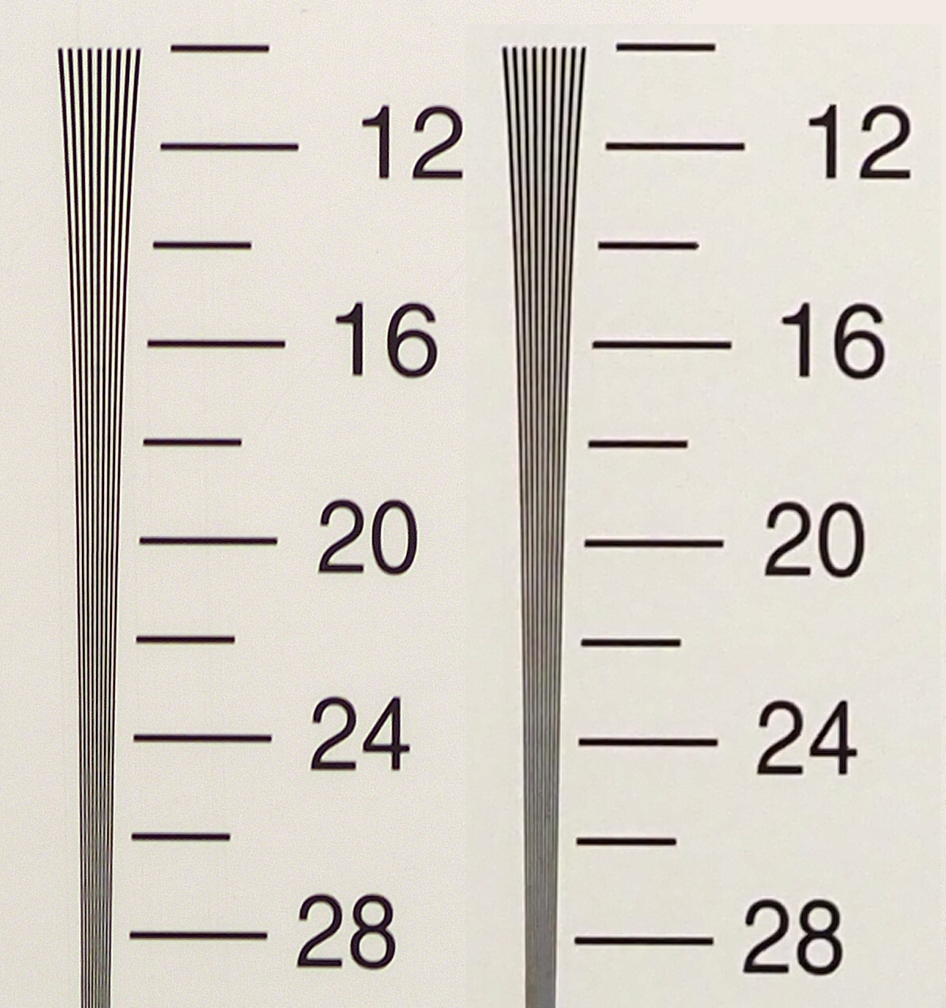
I tested the expensive lenses at f/4 where they should perform better than wide open and the results were mixed, not significantly better and certainly not significantly better than the two cheap lenses! Given that the 75mm f/1.8 appears amongst the top five sharpest m43 lenses as tested by Dxo or Lenstip, if it can’t deliver the expected resolution gains then it’s unlikely any other lenses will.
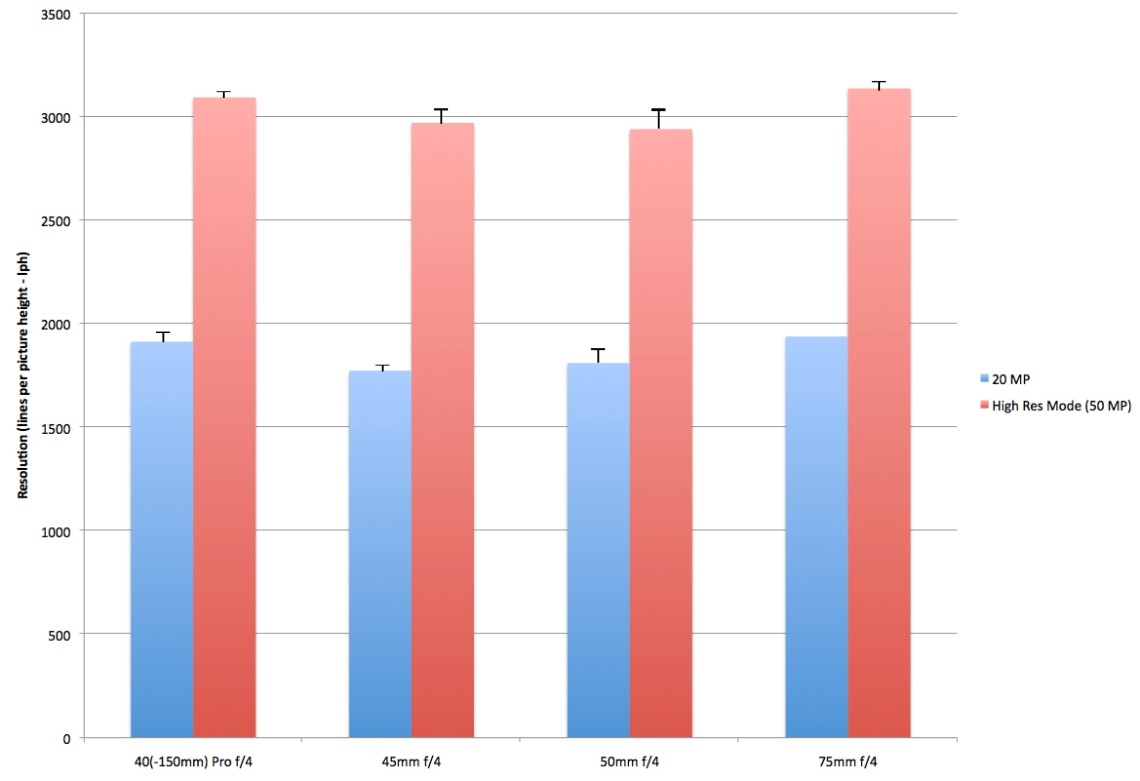
Of course a good lens and a higher price is not dependent just on resolution, there are many qualifiers that define optical excellence and the resolution tests do happen to test the inner half of the lens where all lenses perform best. But I think the conclusion is inescapable, none of my m43 lenses deliver double the resolution capable of being captured by the Olympus High Res Mode. Since these represent single lens tests, it is possible that all my lenses are inferior as there is a wide range of optical quality amongst commercially manufactured lenses.
There has been some forum discussion that any lens need only deliver 20 MP of resolution since the 50 MP resolution of the high resolution mode image is fabricated by moving the sensor which only delivers 20MP at any one time. This does seem reasonable but a frequent m43 poster more knowledgeable than me has said this on the matter: “If the image has 50 MP, the lens needs to resolve 50 MP; it doesn’t matter how the image is produced. In pixel-shift high-res, it doesn’t suffice to resolve 20 MP. If the lens could only resolve 20 MP, it wouldn’t be enough to produce a different enough image after the sensor being shifted by half a pixel for the resulting combined image to resolve more than 20 MP, either. “
In closing I’d like to revisit last week’s topic demonstrating the E-M1X’s hand held High Res Mode on living subjects. It is challenging to do it at a semi macro image scale but much easier even with the 300mm f/4 Pro telephoto prime on much more distant living subjects. It took a few tries until I convinced this House Sparrow to pose without moving for several seconds.


Hitting [HOME] in the upper right hand corner will return you to the complete list of topics in this blog.


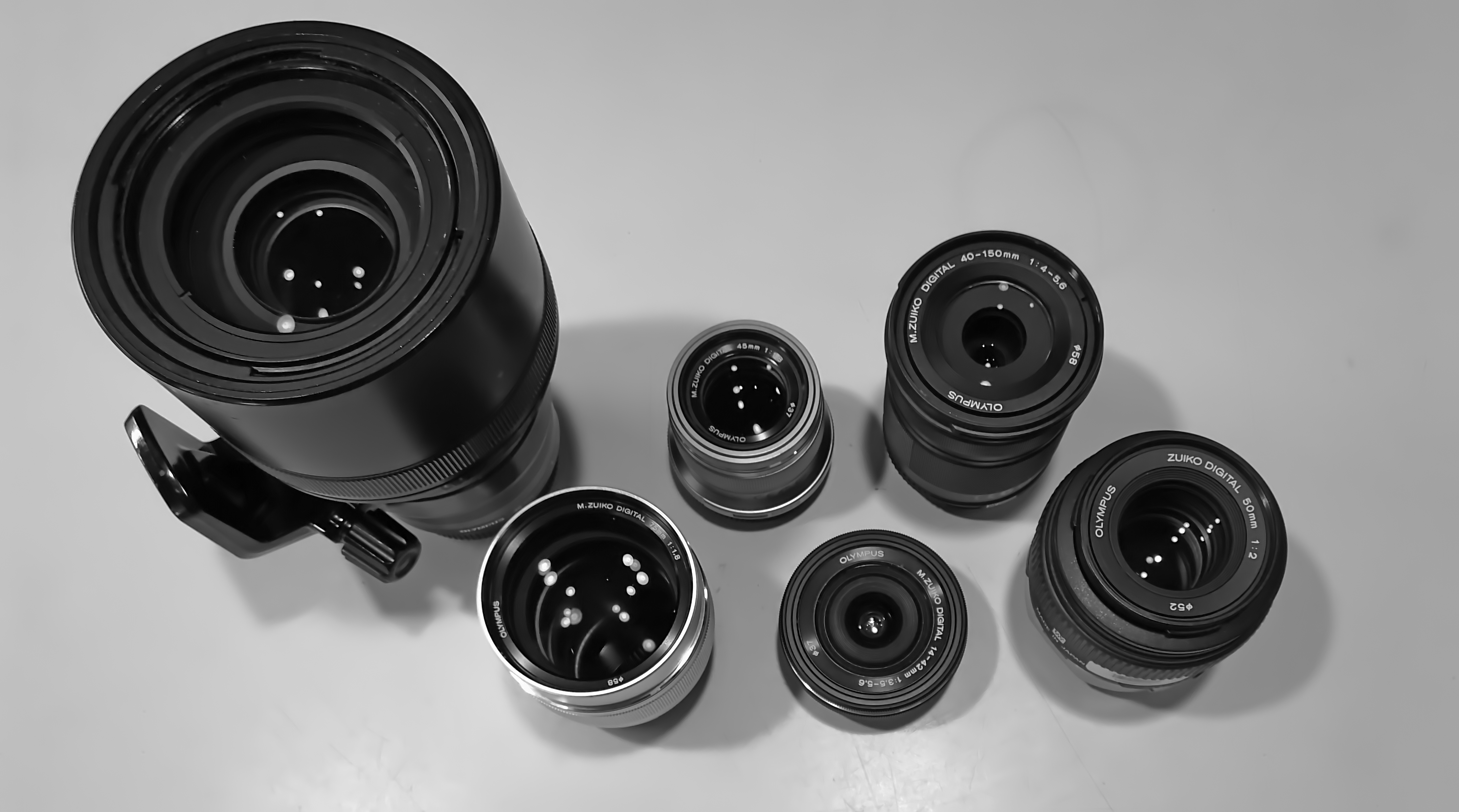
Very interesting! Thanks. It seems as though the resolution gains are significant, just not up top the potential of the sensor. Or do you think that high res mode just doesn’t deliver the increased resolution that it is supposed to deliver? In other words, is it the lenses or the camera?
LikeLike
Hi Eric, it appears that the lenses are not able to deliver a full 50 MP worth of resolution, there are gains in resolution in the High Res Mode, just not as much as there could have been.
LikeLike
I guess what I am wondering is whether the sensor shift mode is actually producing the increased resolution it promises. I don’t doubt that if it did, it would push the lenses beyond their limit, but if you can’t see the 2x resolution difference with any lens, how do you know it isn’t the sensor? Another way of putting it is that since we are all probably biased a little to believe that the lenses are going to have a hard time resolving that much more detail, how do we know that blaming the lenses for the failure to achieve the potential 2x resolution gain isn’t just confirmation bias?
LikeLike
Thanks for that interesting article. Do you know of anybody who has tested with an adapted lens (Canon) for instance, to see if high res mode would produce lph scores?
LikeLike
I don’t know of anybody, I may try it with some of my adapted Sigma EF lenses.
LikeLike
Does the “high res” mode actually attempt to have the lens “resolve” 50mp? I was under the impression that high res mode combined multiple images each of which being near the native resolution of the sensor.
LikeLike
In does seem unintuitive but apparently even for the manufactured 50MP image you still need a lens to resolve 50MP to get those gains over the 20MP image.
LikeLike
Respectfully, using the term “apparently ” with reference to an otherwise measurable phenomenon does not instill confidence in the issue the article hopes to address. 😞
LikeLike
Maybe the logic is different for high res on a tripod and handheld:
– When on a tripod the sensor will move very quickly inside the camera effectively recreating the “physical” equivalent of a 50 MP sensor behind a fixed lens.
– When handheld the whole camera moves giving a slightly different image the both the lens and the image. In that instance that does not really seem equivalent to a 50 MP sensor inside the camera (but of course the software has to work harder to merge images).
LikeLike
Hello everyone!
Resolution is measured linearly so the difference is not between 20 and 50MP but between 5184 (horizontal number of pixels in normal mode) and 8160 (horizontal number of pixels in hi res mode).
This difference of about 57% is fully seen in the graphs so i’d say the lenses are fully resolvi g the hi res mode.
Cheers,
Mihai
LikeLike
Am i missing something here ? The lenses do not have to resolve up to the high res mode. As long as they can resolve up to and hopefully beyond the 20 MP of the sensor they should be fine. The rest of the work is done in the CPU of the camera. And that has not much to do with the resolution of the lenses.
LikeLike
Apparently you need a lens to resolve better than 20 MP, otherwise the 50MP image will simply be a scaled up image with no improvement in resolution.
LikeLike
Given that Olympus prevents you from stopping down past f/8 for high resolution mode is a clear statement that diffraction prevents any further resolution at smaller apertures. So I’d expect only very modest gains at f/8 or even f/5.6. f/4, on a sufficiently sharp lens, is where the benefits should really start to come through. I have a test chart at home, an EM5 MkII and a wide collection of lenses, I’d be interested to see if I get similar results. Maybe one rainy weekend!
Am also surprised that even the awful Oly kit zoom gets a huge boost when it doesn’t seem to even reach the limits of a 16mp sensor.
LikeLike
Nice write up. It makes sense to me that the lens would not resolve detail for 50MP. The intent of the process is to resolve multiple 20MP images and then capture greater detail with the subtle variations between them. It would be interesting to see the results of this using the hand held hires or by combining multiple hand held shots where there would be subtle shifts in the position of the image projected onto the sensor.
LikeLike
I think that your maths may be off. An increase from 20MP to 50MP is a 2.5x increase in the number of pixels in the AREA of the frame. So the LINEAR increase in resolution is √2.5 ≈ 1.6, which is pretty much exactly what you appear to have got from your tests.
LikeLike
Those are interesting tests. Thanks for the work! But I’d like to point out that the theoretically expected resolution increase is not double. That’s why Olympus hi-res jpgs are 50Mp instead of 80Mp. This suggests that the expected linear resolution increase is SQR(50)/SQR(20) = 1.6x, not 2x. This is very close to what you have actually measured.
LikeLike
Alex, looks like you posted while I was writing my post. Obviously I agree, But maybe it was not a math error. The RAW files are 80Mp, which would indeed imply a 2x linear resolution gain if the algorithm was perfect. The point is that the algorithm is theoretically imperfect, and Olympus knows that. So they give us a 50Mp jpg in addition to the 80Mp RAW and a 20Mp single image.
LikeLike
Good attempt, but there are a few question points:
1. 50 mp files are jpeg outputs. If you use RAW file, it’s 80 mp. Hold that thought…
2. Lines per distance is just a measurement in one dimension. If you talk about the number of total pixels, it’s the squared number of the linear ratio. Hold this thought too…
3. By your results, it seems like the rough increase of linear resolution is 1.5 – 1.6 times the original, that means the total pixel count resolution should be 1.5 squared which is 2.25 times, and 1.6 X 1.6 is 2.56. Going from 20mp, you should get about 45mp – 51mp of an image, which is just about right, and possibly a bit better. Now hold this thought.
4. The 50 mp JPG file is from the 80 mp RAW, which is from 8 shots, 8 times of the information you’d get from a regular shot, and going a bit higher than 50 mp is quite reasonable.
With that, please look into your RAW files if you have them and see if the resolution doubled.
I have tried quite a few lenses with the hi-res mode of EM1Mk2, though not of the resolution charts. I am thoroughly impressed, not just with the m4/3 lenses, but even some vintage lenses when stepped down to f5.6. The details can be mind-boggling at times if things are perfectly still. I really don’t think this “resolution” test of the lenses pushes the limit of the lenses, because light transmission is an analog process and putting a digit to it is somewhat of a brute, non-scientific way of looking at things. The optical design and light transmission science is far more complicated than just a single measurement can suggest.
Enjoy.
LikeLike
Hi Wei, I think you’ve said what others have tried to say but in a much more lucid and collegial manner (Thanks!). I completely forgot that the 50MP jpeg file is not the 80MP raw double resolution file.
LikeLike
Owing two OM-D cameras with the old 16Mp sensor and still never satisfied with the lenses, I found this test particularly interesting. I was not sure if maybe a 20MP sensor might already be beyond lens resolution (while extra sensor pixels might still be useful for the digital lens corrections). But when I look at the magnified sample of the test chart, taken with the f2/50, I see that this lens still has potential for lot more detail than 20MP. That‘s good news, because I recently got the same glass.
Of course lens quality is not measured by one number. The 2/50 is way better than the 1.8/45, although it is not sharper—the latter gives higher micro contrast, but also disturbed details and no smooth bokeh. As long as there is some detail modulation above, let’s say 50 %, I can tweak micro contrast in my image processing. It would be interesting to look at the mtf curves!
LikeLike
Thanks a lot for the interesting article.
Unfortunately, my own lens assortment is completely different; the single lens we seem to have in common is the ZD 50/2 Macro 😉
Perhaps one remark. Before your conclusion is, “none of the lenses were able to deliver the expected and approximately double resolution when taken with the High Res Mode”, I think there is still one aspect to consider that makes our multishot high-res mode slightly different from a real sensor of 80 MP resolution.
The pixels are larger!
In fact, they’re still 20-MP-sensor-large. Our emulated, virtual 80 MP sensor is a sensor with large, massively overlapping pixels. So massively overlapping that one pixel overlaps half of every adjacent pixel, and even touches the pixel that’s comes after the adjacent pixel.
I think it is obvious that such a “sensor” cannot possibly resolve as fine detail as a real 80 MP sensor with small pixels that don’t overlap. Therefore, we do not know yet whether our lenses would resolve 80 MP on a real 80 MP sensor.
LikeLike
Rather odd that you don’t list the lenses you tested. For example – which 50mm?
LikeLike
I guess I assumed most people would be familar with the lenses, you can read the lens names in the opening photo.
LikeLike
Thank you for the nice job.
I realise that any comparaison is imperfect , that there is more than resolution at stake and we should not expect the process to fully replace a native hi-res sensor.
That said, i really am wondering how the same 50mp hi-res files would compare to the same original 20mp interpolated to 50 through an advance resizing software like Alien Skin’s Blow Up or One’s Perfect Resize.
LikeLike